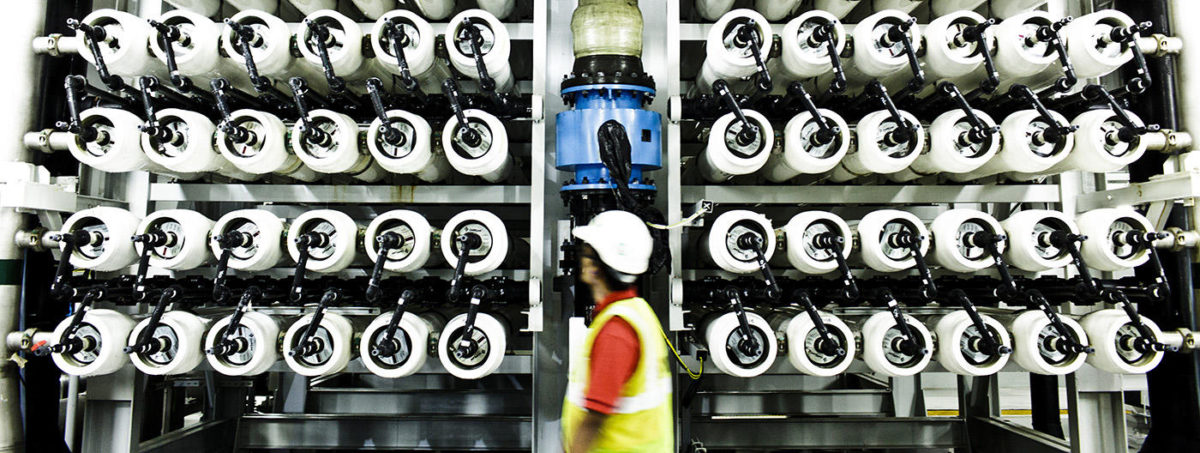French energy company TotalEnergies and France-based environmental services provider Veolia have announced that they will jointly build a 17 MW solar park at the Sharqiyah Desalination plant operated by Veolia in Sur, Oman.
The solar facility will have an estimated annual production of 30,000 MWh and will be able to cover more than a third of the desalination plant's daily consumption. The east-west oriented plant will rely on trackers and 32,000 high-efficiency solar panels provided by an unnamed manufacturer.
“We’re happy to launch the construction of the solar plant on our desalination unit in the city of Sur, to be able to power it with the green electricity while drastically reducing its carbon footprint,” Estelle Brachlianoff, Chief Executive Officer of Veolia said.
The $173 million Sharqiyah Independent Water Project was launched in 2007 and is Oman's first desalination unit. According to Veolia, the plant produces 80,000 m3/ day of drinking water using reverse osmosis (RO) with very high energy efficiency.
According to a recent study from the French Alternative Energies and Atomic Energy Commission, photovoltaics is currently the most cost-competitive way to power desalination.
The study took in a prospective analysis up to 2030, finding that PV would remain the most economical option to this point. But other options should not be excluded, the authors conclude – noting that scaling up desalination projects could make high voltage transmission lines viable and that the ability of concentrated solar power (CSP) to store heat could add important flexibility.
This content is protected by copyright and may not be reused. If you want to cooperate with us and would like to reuse some of our content, please contact: editors@pv-magazine.com.




Have you considered solar electrolysis, hydrogen pipeline, and parker power plant combination? Moving hydrogen by itself reduces energy needed to transport by a factor of 8. It is also naturally lighter than air and travels to higher elevations by its own physical properties. If at the end of the pipeline you construct a hydrogen electric peaker power plant you can produce power and water simultaneously.